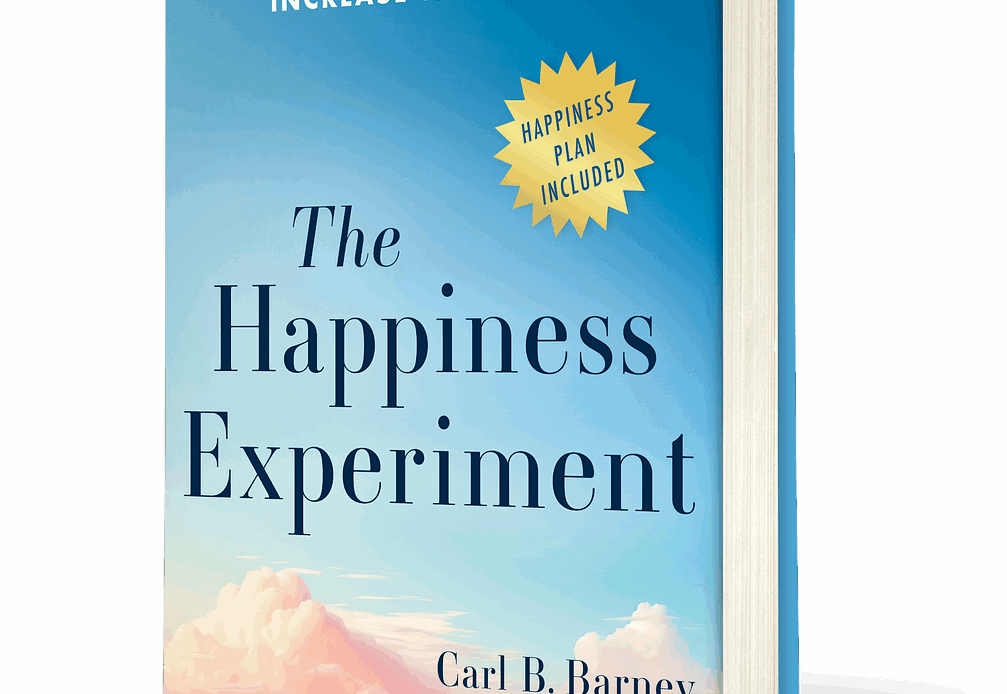
What if happiness wasn’t left to chance? What if it could be planned, designed, and deliberately cultivated, just like a career or a home?
Carl B. Barney experimented with happiness. After surviving a near-fatal plane crash, the entrepreneur and philanthropist made a radical decision: to give away his inheritance while still alive. He called it the “pre-quest”: a living inheritance gifted while still alive to experience its ripple effects. He witnessed his legacy unfold in real time.
His experiment was simple but revolutionary:
- He gave substantial financial gifts to 20 friends.
- With one rule: Spend it all in 3-5 years on pure happiness. No debt payments. No obligations. Just unapologetic joy.
- Each recipient received: A full year of personalized guidance from both a happiness coach and a financial planner, plus the freedom to dream bigger than ever before.
The result? All 20 lives transformed – proof that happiness, when nurtured with intention and support, can truly blossom.
Disclosure: This post may contain affiliate links, meaning if you decide to make a purchase via my links, I may earn a commission at no additional cost to you. See my disclosure for more info.
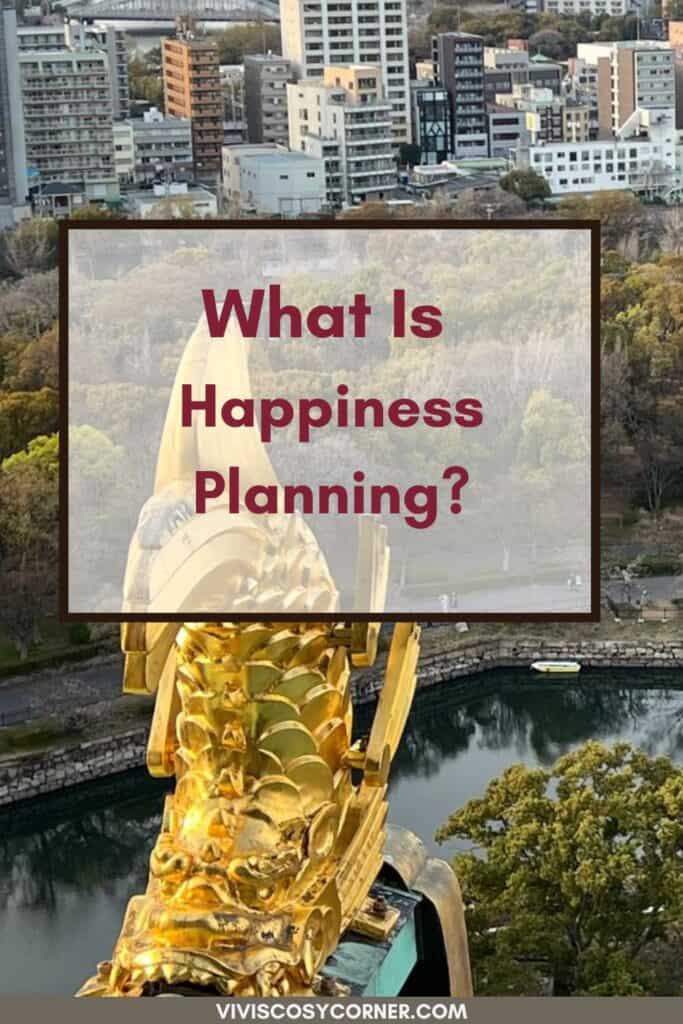
What Is Happiness Planning?
Happiness doesn’t happen to you. It happens because of you. At the heart of Part 2 of The Happiness Experiment, lies a powerful practice: Happiness Planning. This is built on the premise that “You are the architect of your own happiness.”
Happiness Planning is the art of proactively designing your life around joy, fulfillment, and meaning. It’s about leading with purpose.
Happiness is contagious. When you prioritize your joy:
- Your relationships deepen (you’re not drained, you’re radiant).
- Your work improves (passion fuels persistence).
- Your community benefits (your energy lifts others).
Barney’s experiment proved it: One person’s happiness plan doesn’t just change them, it changes everyone around them.
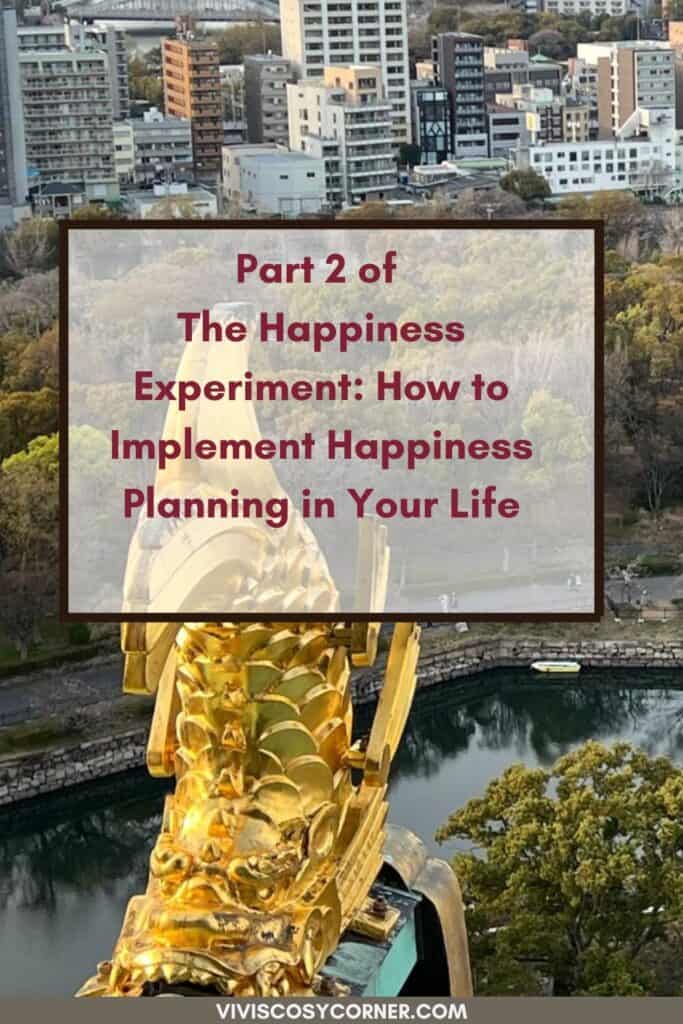
The Foundation: Needs, Wants, and Dreams
To plan for happiness, you first need to know what you’re planning for. That starts with distinguishing:
- Needs – essentials for survival and basic comfort (food, air, rest, pleasure).
- Wants – desires for more or better (money, love, connection, advancement).
- Dreams – expansive, often long-term visions that stir the soul (traveling the world, building a creative legacy, living on a lake).
For example:
- A need: I need a job;
- A want: I want a better job;
- A dream: I dream of building a career I love that impacts other people.
Happiness Planning starts by giving yourself permission to dream boldly, and then building a path toward those dreams, one joyful choice at a time.
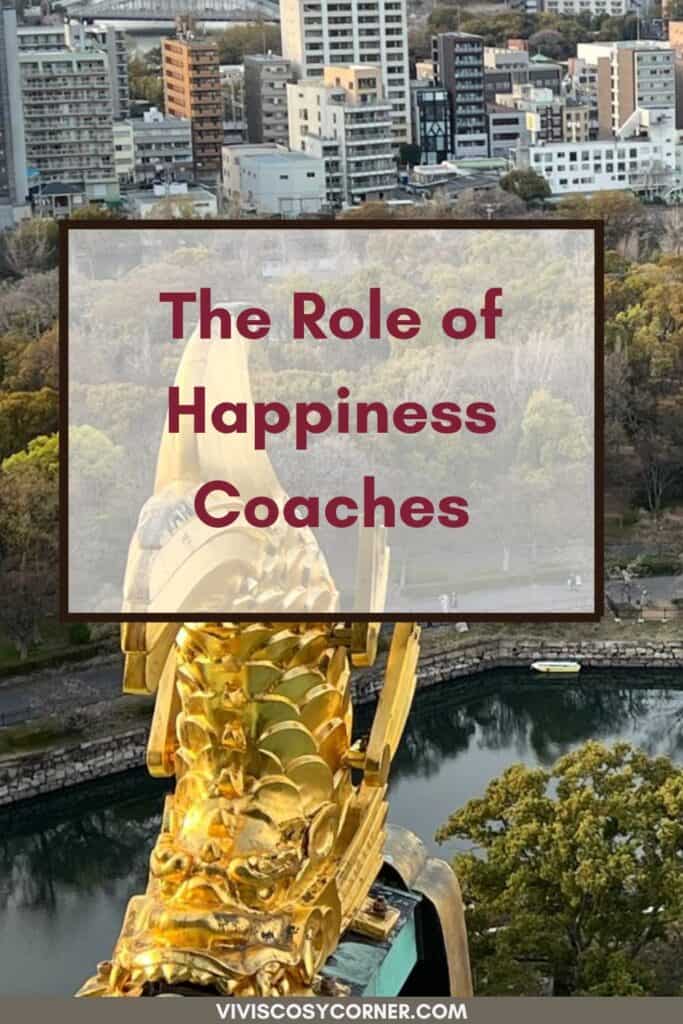
The Role of Happiness Coaches
In Carl’s experiment, Happiness Coaches played a critical role. Why?
They didn’t fix people’s lives, they helped them reimagine what was possible, reconnect to what mattered, and craft a vision for sustained joy.
A good coach:
- Asks deeper questions.
- Challenges limiting beliefs.
- Holds space for dreaming, without judgment.
- Helps translate vision into aligned action.
It’s a reminder that we all need guides, especially when it comes to happiness, something society often treats as secondary or self-indulgent.
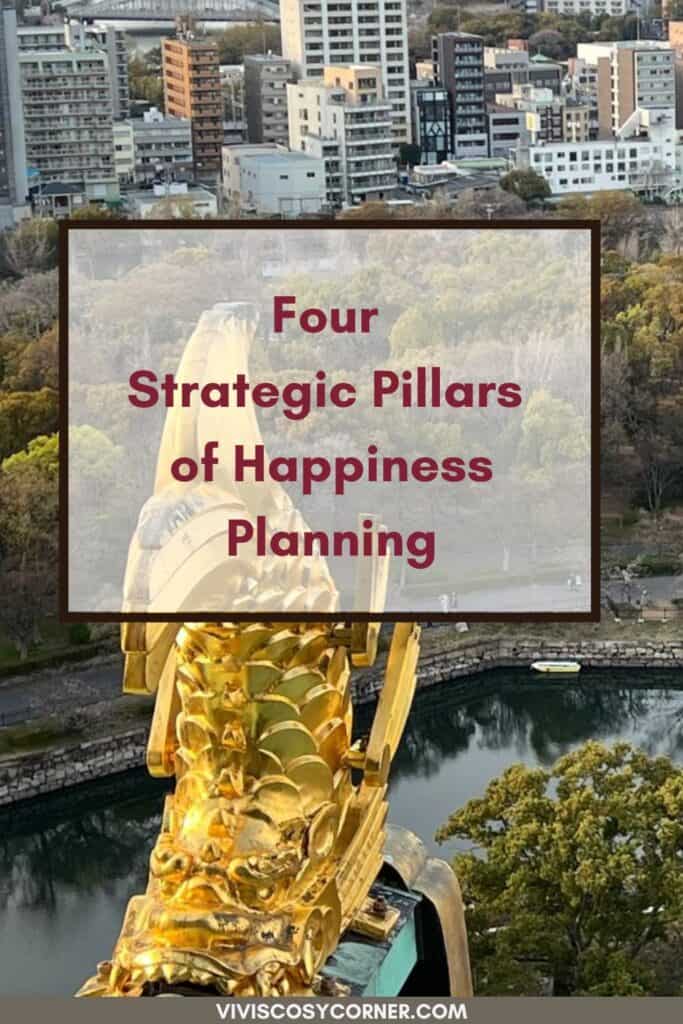
Four Strategic Pillars of Happiness Planning
Happiness is a commitment. And like any worthy pursuit, it begins with a plan.
In The Happiness Experiment, Carl B. Barney discovered that joy is a skill that can be mastered through deliberate planning. Drawing from his radical and life-affirming pre-quest experiment, he outlines four key areas where happiness can be designed, built, and sustained. These are the strategic pillars: a roadmap not just for fleeting moments of joy, but for a fulfilling, resilient life.
Whether you’re designing your own happiness plan or guiding others through coaching, these four pillars provide the highest leverage points for personal transformation.
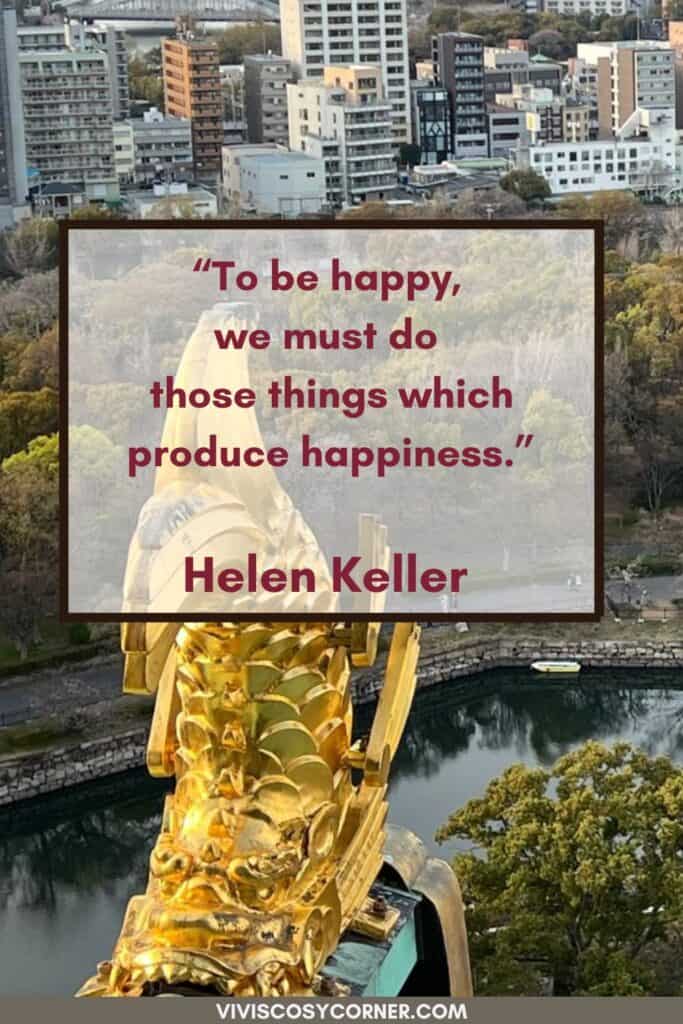
Purposeful Thinking and Planning
Happiness starts in the mind, with the right questions.
For Carl, nothing was more transformational than developing the habit of deep, purposeful thinking. Asking the right questions, and planning around their answers, laid the foundation for his personal success, financial prosperity, and lasting happiness. His happiness planning started from understanding that:
- Thinking shapes destiny. The most fulfilled people don’t just react to life, they direct it by asking:
- What would make me truly happy?
- What legacy do I want to live?
- How can I structure my days around joy?
- What would make me truly happy?
- Planning is power. Dreams remain fantasies without execution. A Happiness Plan turns “one day” into a roadmap.
- You need a thinking partner. a coach, a trusted friend, a spouse, or a small circle of thoughtful peers. What matters is the quality of the questions, the depth of the reflection, and the clarity of the vision that emerges.
Happiness Planning Actions:
- Ask powerful, forward-focused questions.
- Reflect through journaling and discussion.
- Research, read, and learn about what matters most.
- Create a dream list, not a to-do list.
- Commit to the decision to be happier.
Thinking and planning are not passive. They are deliberate acts of self-respect, the first step in designing a life you love.
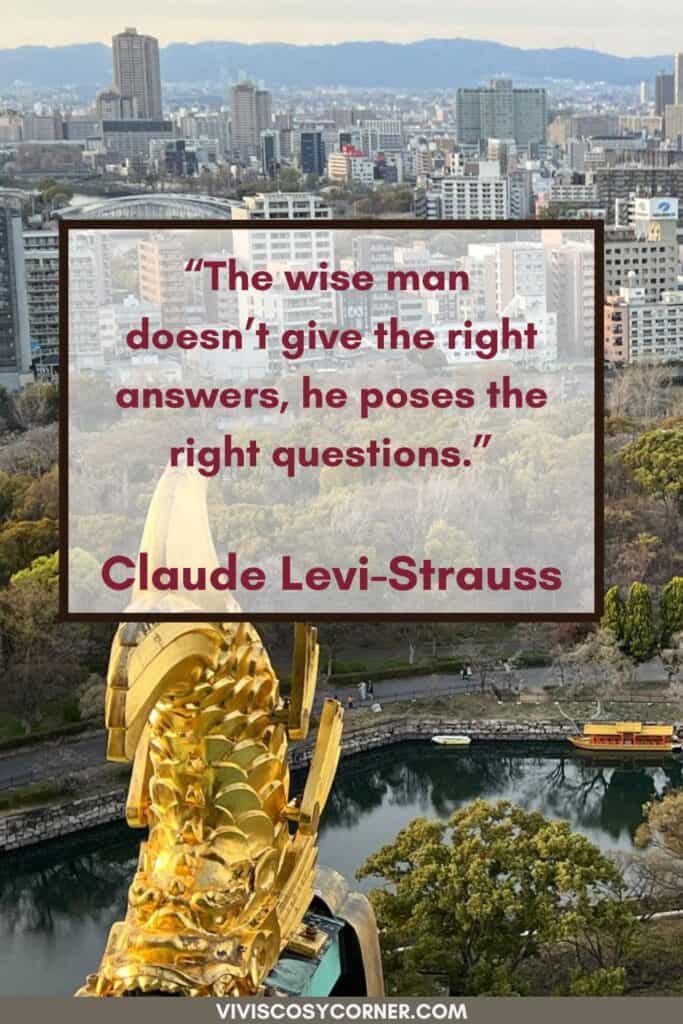
Values and Virtues
What you want (values) and how you live (virtues) define your joy. Our values give our lives meaning. They can be tangible (like a home, car, or career) or intangible (like love, knowledge, or truth). But values alone don’t create happiness, virtues do.
Values are the ends. Virtues are the means.
Using values and virtues in the Aristotelian way: Values are material and spiritual things that support our lives and happiness; Virtues are practical life-serving actions and habits that lead to success and happiness.
Values are what you cherish. Virtues are what you do to honor them.
Virtues are the practical life-serving actions that help us attain or protect what we value. For example:
- If you value relationships, virtues include listening, empathy, and support.
- If you value health, virtues include exercise, rest, and mindful eating.
- If you value purpose, virtues include discipline, ambition, and consistency.
Virtue is about aligning your actions with what brings you joy. And yes, even enjoying life is a virtue. Laughing, dancing, playing, relishing the moment are acts of aliveness. People who practice joy thrive.
Barney’s experiment proved it: happiness increased when people actively practiced virtues in pursuit of their values. It’s the practice that makes the difference.
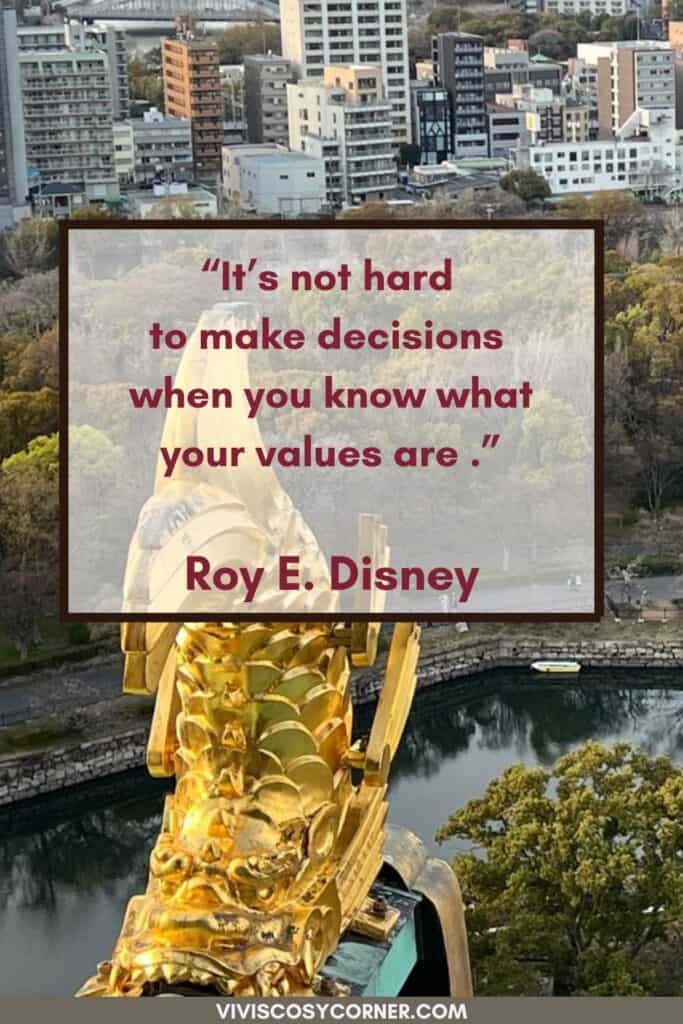
Beliefs and Mindsets
Your beliefs shape your reality, and your happiness. They are the operating system for your life.
We live out the stories we believe about ourselves. Our emotions, our confidence, and even our behaviours are shaped by the beliefs we hold, many of them formed unconsciously.
- Toxic beliefs defeat us: “I don’t deserve joy.” “Happiness is selfish.” “I’ll relax when…”
- Empowering beliefs free us: “My joy matters.” “Play is productive.” “I create my reality.”
If your belief system is built on scarcity, shame, or fear, it will quietly sabotage your happiness. But when your beliefs are built on possibility, self-worth, and purpose, you open the door to a different kind of life.
We each carry a dominant mindset, a framework of beliefs about the world. And these mindsets guide everything from how we work to how we love:
- Work is a burden vs. Work is a purpose.
- People can’t be trusted vs. People are a gift.
- Life is hard vs. Life is meant to be enjoyed.
Your mindset is the lens. Change the lens, change the view.
When clouds of pain or doubt descend, and they will, we can bring in the sunshine: Books. Music. People. Beauty. Nature. Inspiration. Coaching. Therapy. Faith. Whatever lifts your spirit and renews your belief that a better life is possible.
Happy beliefs lead to happy lives. Beliefs like:
- “I am enough.”
- “Success is possible for me.”
- “Happiness is a worthy pursuit.”
Start building that mindset today.
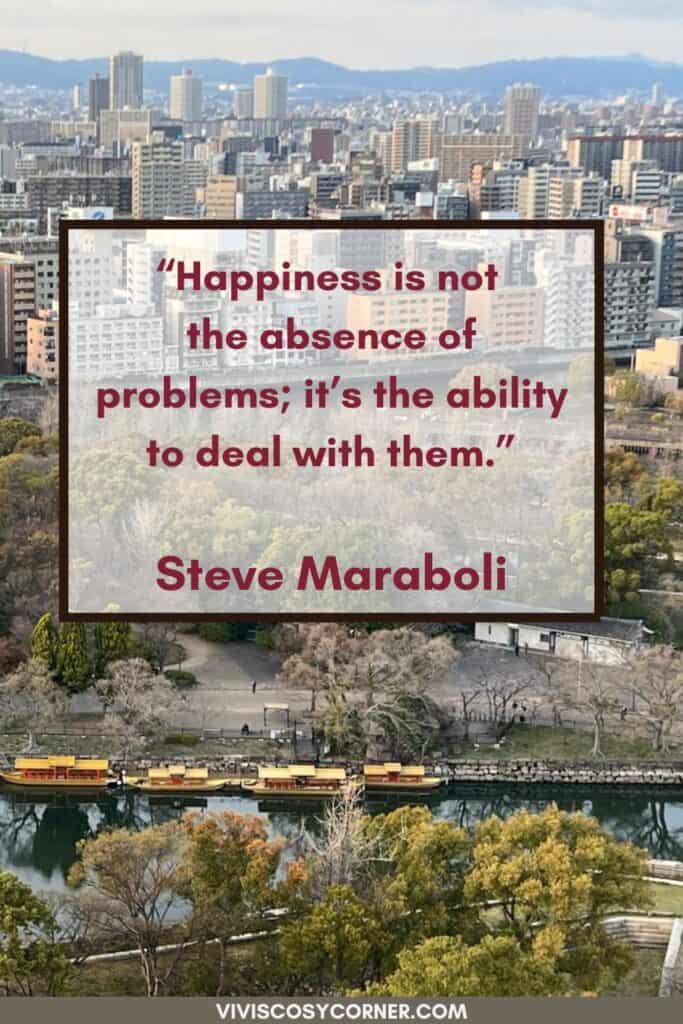
Happiness Habits (HapHabs)
What you do daily becomes who you are.
Habits are the quiet engines of identity. They shape how we think, how we feel, and how we live.
Carl credits Atomic Habits by James Clear as a guidepost in developing happiness habits, what he calls “HapHabs”. These are daily, repeatable actions designed to embed happiness into your lifestyle.
The power of habits is that they create consistency without constant decision-making. And when these habits are aligned with joy, gratitude, and values, they begin to transform your entire life.
Happiness Habits might include:
- Daily gratitude journaling.
- Morning movement or walks.
- Reading inspiring material.
- Quality time with loved ones.
- Doing something creative or playful every day.
The goal isn’t perfection, it’s practice. And over time, your life becomes a living reflection of what you love most.
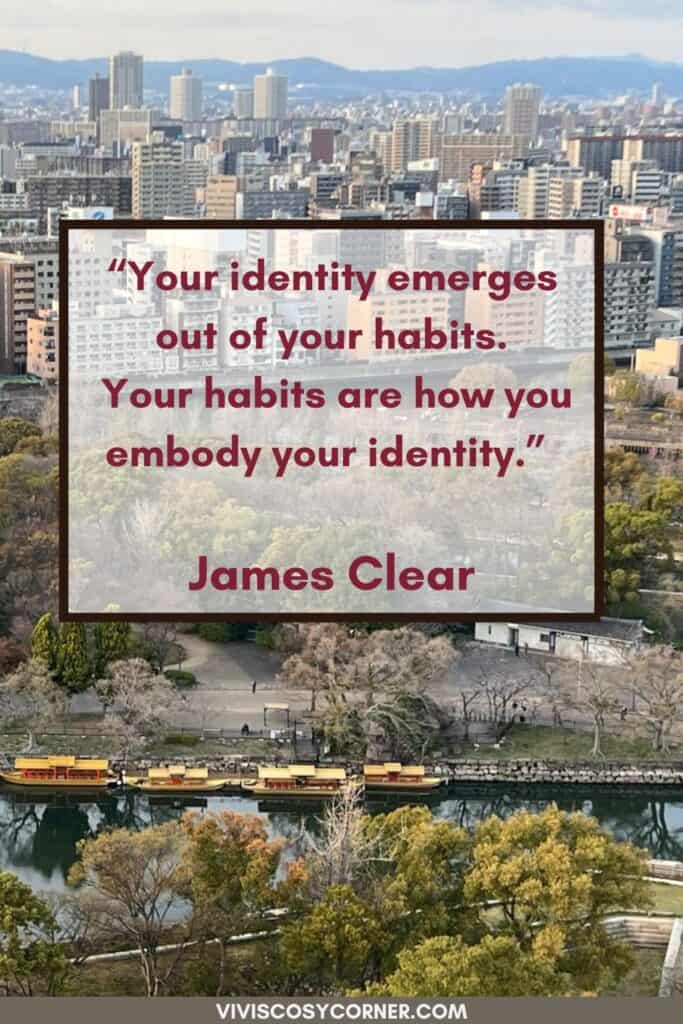
You Can Intentionally Build a Happy Life
Happiness isn’t elusive. It’s about choosing, planning, and living on purpose.
Carl B. Barney’s Happiness Experiment reminds us that we already have the tools. What we need is a plan, and the courage to follow it.
So start here. Start now. Start your Happiness Plan with:
- What brings you peace right now? (Needs)
- What do you want more of in the near future? (Wants)
- What wild, beautiful, meaningful vision lights you up? (Dreams)
Then ask:
What would happen if you took one small step toward that dream this month? Let me know in the comments or share this with someone who’s ready to plan their way into a more joyful life.
For the full methodology, grab The Happiness Experiment, or better yet, hire a happiness coach, who will support, coach, cheer for you, and walk with you.
Coming up soon in Part 3: Reflections on the Happiness Experiment – Part 3: Struggles and Insights
Thank you for being a VCC reader.

